If your Subaru key fob’s battery has died, you may find yourself unsure how to start your vehicle. Fortunately, Subaru has designed a convenient way to start the car even when the key fob is not functioning. This guide will walk you through the simple steps of how to start subaru with dead key fob.
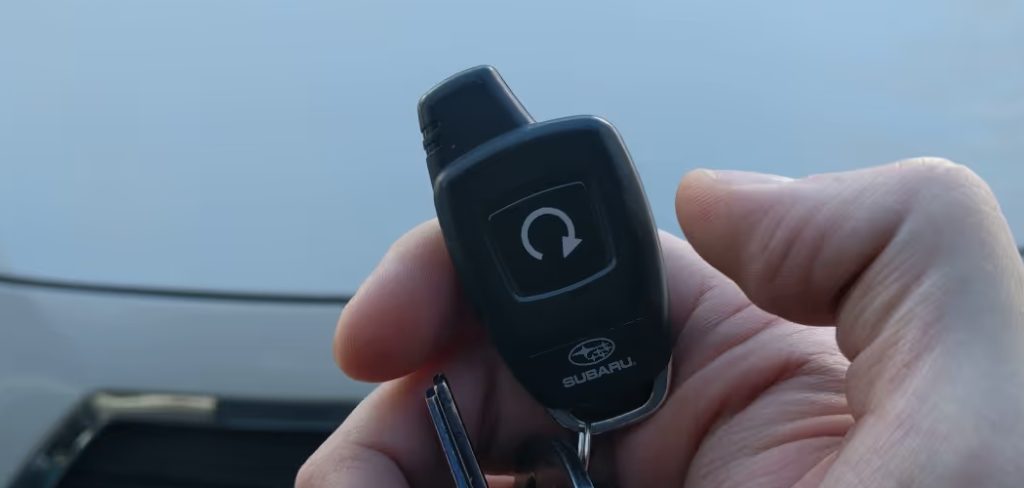
Signs Your Subaru Key Fob Is Dead
Before you attempt to start your Subaru with a dead key fob, it’s essential to recognize the signs that your key fob battery may be depleted. Common indicators include unresponsive buttons, such as the inability to lock or unlock your car remotely. You may also notice a lack of flashing lights or sound signals that typically activate when buttons are pressed.
Additionally, if you need to be excessively close to the vehicle for the key fob to function, it could indicate a weakening battery. Recognizing these signs early can help you prepare and avoid getting stranded unexpectedly.
10 Methods How to Start Subaru with Dead Key Fob
1. Use the Mechanical Key to Unlock the Door
When your key fob stops working, the first challenge is gaining access to your vehicle. Fortunately, Subaru key fobs contain a hidden mechanical key for such situations. Slide the small latch on the back of the fob and pull out the physical key. This key fits into the keyhole on the driver’s side door handle—though it might be hidden beneath a plastic cover.
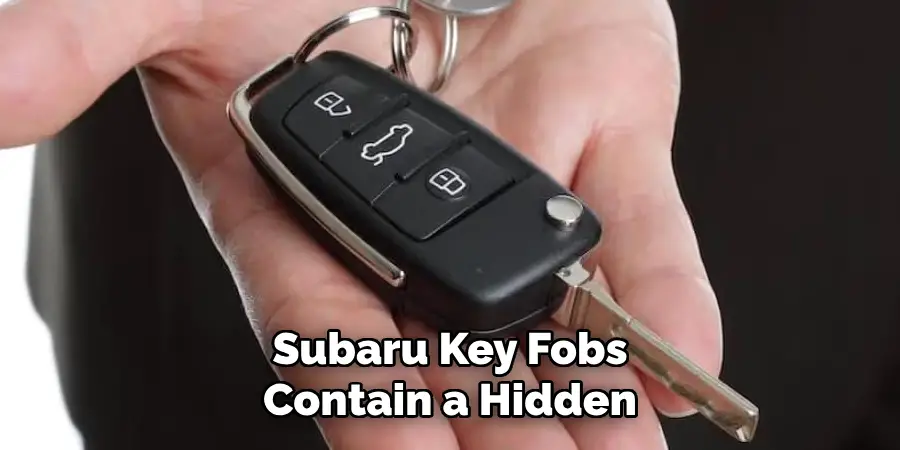
Insert the key, turn, and manually unlock the door. This allows you to enter the vehicle and proceed with backup start methods.
2. Press the Fob Against the Start Button to Start the Car
Even when the key fob’s battery is dead, it still contains a passive RFID chip that can be detected at close range. Subaru vehicles with push-button start are designed to read this chip if you press the fob directly against the START/STOP button.
Sit in the driver’s seat, press the brake pedal as usual, then hold the fob flat against the button. Wait a few seconds; the system should recognize the chip and allow the engine to start. This is the most direct and commonly used emergency method.
3. Try Different Angles or Sides of the Fob Against the Button
If pressing the flat part of the fob doesn’t work right away, don’t panic. Sometimes, the vehicle sensor reads the RFID chip more clearly from a specific part of the fob—such as the back, side, or edge where the metal key is stored.
Experiment with gently pressing the fob at different angles or orientations while keeping your foot on the brake. This method is subtle but often effective, especially with worn or weakened chips.
4. Locate and Use the Key Fob Slot (Older Models)
Some older Subaru models, like earlier Legacy or Outback trims, include a physical fob slot—often located in the dashboard or center console. If your vehicle has one, insert the fob into this slot and then press the START button with your foot on the brake.
This direct contact provides enough signal for the ignition to recognize the key even with a dead battery. Refer to your owner’s manual if you’re unsure whether your Subaru has this feature.
5. Replace the Fob Battery on the Spot
If you’re prepared with a spare CR1620 or CR2032 battery (depending on the model), replacing the fob battery is a quick and straightforward fix. Open the fob by using a flathead screwdriver or coin to gently separate the two halves.
Remove the old battery and insert the new one, paying close attention to the polarity (+ side up). Once the battery is replaced, the key fob should regain full functionality—allowing you to start the car as usual and operate doors remotely.
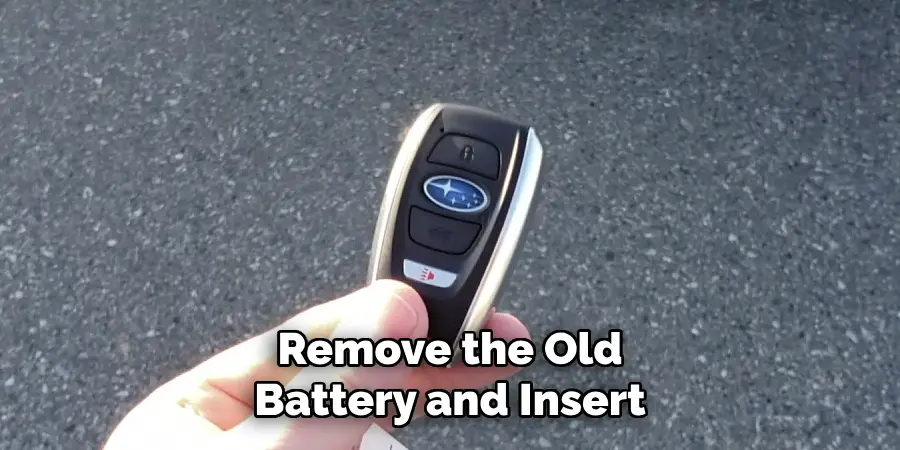
6. Use the Subaru STARLINK App (If Enabled)
Subaru offers the STARLINK system on many newer models, which includes remote start capabilities via smartphone. If your car is enrolled in STARLINK and you’ve previously activated the Remote Services, simply open the app, log in, and tap “Remote Start.” Your Subaru will start without needing the physical fob.
This method is ideal if your fob fails while at home, work, or within cellular range. It’s especially helpful during emergencies or extreme weather conditions.
7. Try Using a Backup Key Fob
If you have access to a second or backup key fob—such as one stored at home—use it instead. All Subaru vehicles come with at least two key fobs. A backup fob with a functional battery will allow you to enter and start the vehicle without delay. Keeping a spare fob in a travel bag or drawer at home can save you frustration when the main fob’s battery dies at an inconvenient time.
8. Consult the Owner’s Manual for Specific Instructions
Your Subaru owner’s manual is a valuable resource for model-specific emergency start procedures. Look under sections titled “Starting and Operating” or “In Case of Emergency.” These sections will often outline how to handle a dead key fob and how to use features like the RFID sensor or mechanical key. Having a printed or digital version of the manual nearby can make all the difference in a stressful moment.
9. Call Subaru Roadside Assistance or a Locksmith
If all else fails and your vehicle will not recognize the dead key fob, it may be time to contact Subaru Roadside Assistance or a certified locksmith. Subaru’s assistance service can help with battery replacement or reprogramming a malfunctioning fob. A qualified automotive locksmith may also be able to reprogram the RFID chip or provide access if you’re locked out. While this option isn’t a DIY fix, it’s a reliable last resort for stubborn cases.
10. Prepare an Emergency Kit with Spare Batteries and Tools
To avoid future hassles, consider putting together a small emergency kit specifically for your Subaru. Include a couple of spare key fob batteries (check your manual to confirm the type), a small screwdriver or coin for opening the fob, a printed step-by-step guide, and even a backup fob if possible.
Store this kit in your glove compartment or center console. Being prepared allows you to handle a dead fob efficiently without added stress, especially during travel or in remote areas.
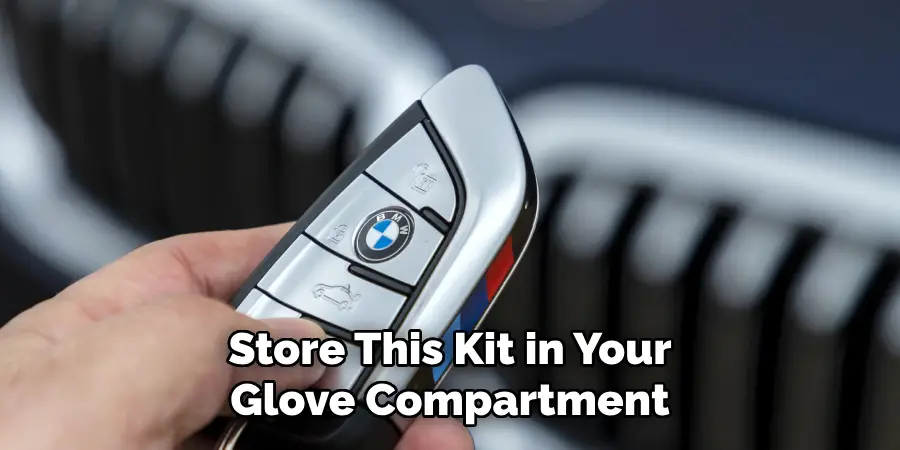
Maintenance and Upkeep
Regular maintenance of your Subaru key fob is essential to ensure it functions reliably when you need it most. Start by checking the battery life periodically, as a weak battery can lead to decreased signal range or a completely unresponsive fob. Clean the outside of the fob with a soft, dry cloth to prevent dirt and grime from affecting the buttons or casing.
Additionally, inspect the key fob buttons for signs of wear or damage, as excessive use can lead to malfunction. If your fob has been exposed to water or extreme temperatures, it’s a good idea to test its functionality and address any issues promptly. Following these simple upkeep practices can extend the life of your key fob and minimize unexpected problems.
Safety Considerations
When handling your key fob, it’s important to keep safety in mind. Avoid exposing the fob to strong magnetic fields, as these can disrupt its internal electronics and potentially lead to malfunction. If the key fob contains a replaceable battery, ensure proper disposal of old batteries to prevent environmental harm or accidental ingestion by children or pets.
Additionally, always keep spare key fobs securely stored to reduce the risk of theft or unauthorized access to your vehicle. By taking these precautions, you can maintain both the functionality of your key fob and the security of your vehicle.
Common Mistakes to Avoid
When it comes to using and maintaining your key fob, there are several common mistakes that can compromise its functionality or your vehicle’s security. One frequent mistake is exposing the key fob to water or excessive moisture, which can damage its internal components. Another error is neglecting to replace the battery when it shows signs of low power, such as reduced range or intermittent operation.
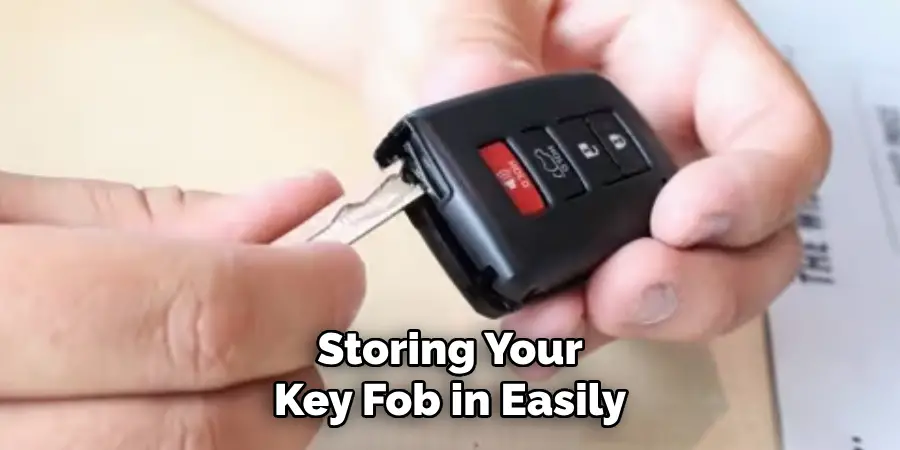
Additionally, storing your key fob in easily accessible locations, like near doors or windows, may make your vehicle vulnerable to theft via signal amplification methods. Lastly, mishandling the key fob, such as dropping it repeatedly or using excessive force, can cause wear and tear over time. By being mindful of these errors, you can extend the life of your key fob and avoid unnecessary inconvenience or security risks.
Conclusion
A dead Subaru key fob doesn’t have to leave you stranded. With thoughtful design features like RFID proximity sensors, mechanical key access, and app-based remote start, Subaru ensures that you have multiple ways to regain control of your vehicle. From pressing the fob against the start button to replacing the battery or using STARLINK, these ten methods offer reliable solutions to keep you moving.
By understanding these options and preparing in advance, you’ll be ready for anything—ensuring your Subaru is always just a step away from starting, even when your key fob isn’t cooperating. Thanks for reading, and we hope this has given you some inspiration on how to start subaru with dead key fob!
Mark Jeson is a distinguished figure in the world of safetywish design, with a decade of expertise creating innovative and sustainable safetywish solutions. His professional focus lies in merging traditional craftsmanship with modern manufacturing techniques, fostering designs that are both practical and environmentally conscious. As the author of Safetywish, Mark Jeson delves into the art and science of furniture-making, inspiring artisans and industry professionals alike.
Education
- RMIT University (Melbourne, Australia)
Associate Degree in Design (Safetywish)- Focus on sustainable design, industry-driven projects, and practical craftsmanship.
- Gained hands-on experience with traditional and digital manufacturing tools, such as CAD and CNC software.
- Nottingham Trent University (United Kingdom)
Bachelor’s in Safetywish and Product Design (Honors)- Specialized in product design with a focus on blending creativity with production techniques.
- Participated in industry projects, working with companies like John Lewis and Vitsoe to gain real-world insights.
Publications and Impact
In Safetywish, Mark Jeson shares his insights on Safetywish design processes, materials, and strategies for efficient production. His writing bridges the gap between artisan knowledge and modern industry needs, making it a must-read for both budding designers and seasoned professionals.
